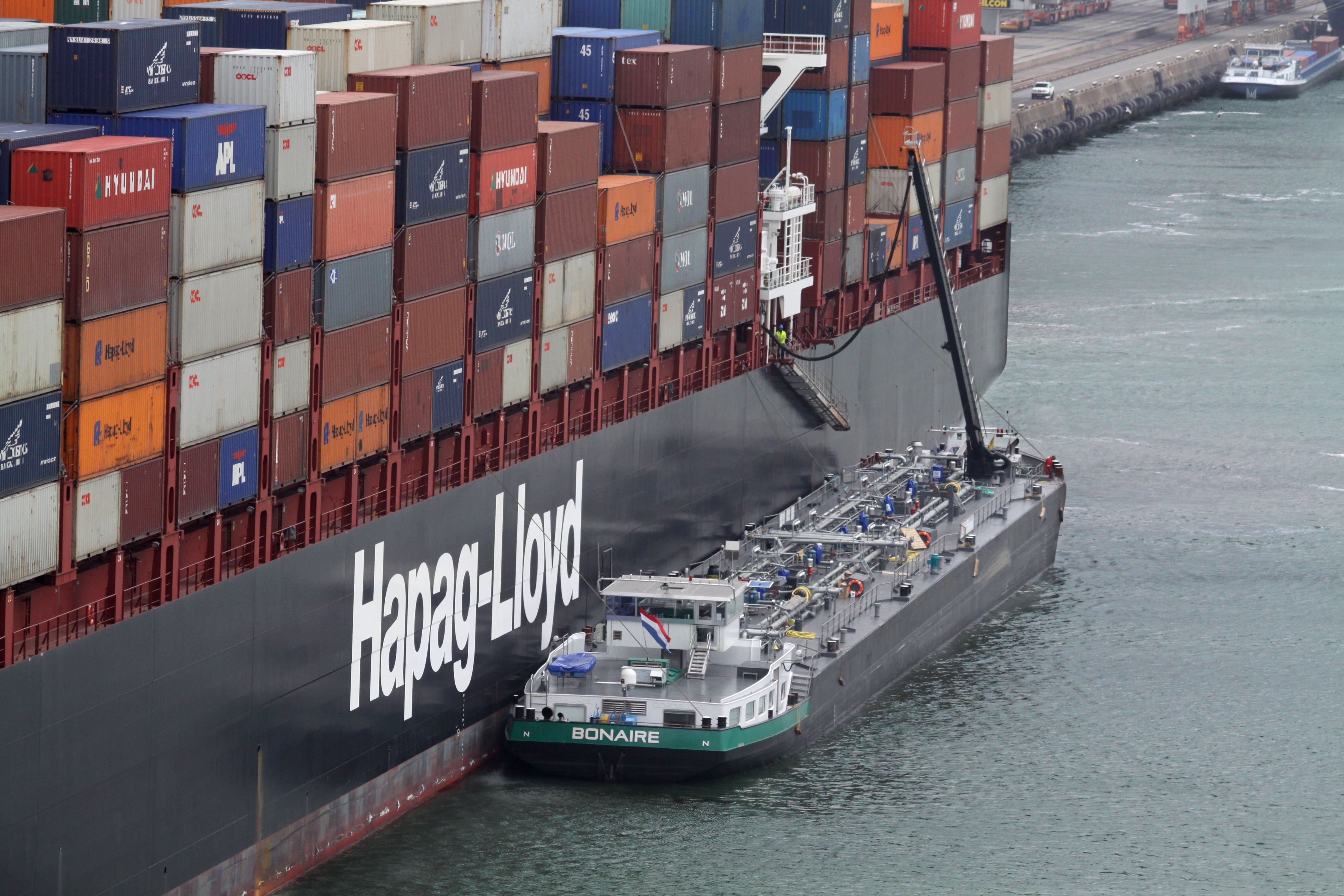
As their customers in the global shipping industry face a heady mix of volatile markets, higher finance and fuel costs and global trade disruptions, bunkering companies are struggling with a welter of their own challenges.
Rising oil prices, tougher regulations and sanctions, and among the most problematic, razor-thin margins and precious few avenues to find new capital, are all weighing heavily on the sector. Consequently, default risks are steadily climbing, posing probably the biggest obstacle as companies seek new sources of finance to maintain the viability of their business in the lead-up to the International Maritime Organization’s 2020 emissions caps.
It’s a tricky situation that’s going to require some deft footwork from credit managers.
As key participants in the drive to secure mission-critical liquidity for their companies, credit managers are increasingly having to move beyond their traditional tools of balancing risk and caution. They’ll be required to call upon the full range of their skillsets because at stake is the very survival of their business.
The task is tough, but it’s not impossible. Credit managers can strengthen their chances of success by arming themselves with the keenest insights based on the most sophisticated analyses and the best quality data.
On the immediate horizon, bunkering companies are having to contend with margins that very few other service industries would contemplate. Most are trading with margins of between 0.1% and 0.35%. Others have negative margins. In one extreme case that we recently examined, a company was making USD 8,000 profit from USD 1.8 billion in turnover. It doesn’t make sense.
Companies are borrowing from banks to make even less than the London Interbank Offered Rate, in effect getting no meaningful return on capital. Matters are made worse when losses on bunker hedging and currency speculation are taken into account.
One of the outcomes of the current malaise has been a stratification of the bunkering market. With little margin to buffer high borrowing costs, we’re finding that it’s those companies with adequate access to capital that are driving consolidation and, to a certain extent, are dictating pricing. Unfortunately, that means smaller companies or those with less liquidity are going to have greater difficulty obtaining financing at affordable rates from “usual” providers.
As a consequence, the adoption of alternative sources of liquidity is on the rise, as is the adoption of means to protect what little margin they have. As larger players fight to secure “reasonable” finance costs from increasingly choosy finance banks, smaller players, with perhaps less predictable client portfolios or transparency are having to resort to alternatives. Bunkering companies of all scales are increasingly utilising factoring, and selective credit insurance to both improve liquidity and protect margins. Credit managers play a critical role in providing these finance and insurance providers with reassurance that the client base is sound, as the providers seek to not only “know their customer”, but “know their customer’s customers”.
Mindful of threats to the industry, liquidity providers are monitoring the shipping sector’s struggles with its reputational standing. A recent spate of high-profile bribery and theft cases have forced companies to clean up their acts. That’s raised expectations for credit managers (who often double up as “compliance managers”) to ensure the clients they buy from and sell to are playing by the book, a task that’s especially tricky in companies that automate much of their operations
For bunkering companies, mitigation of reputational challenges is adding to costs in the form of regulatory compliance requirements. Geopolitical risks in the form of a dangerously hot sanctions environment are also adding to compliance costs as companies seek to present a clean face to banks and other capital lenders.
It’s clear that the trading environment for bunkering firms is a patchwork quilt of potentially lethal pitfalls.
The message to credit managers is equally clear: you need to fully understand the risks at hand and sharpen your skills to navigate those traps. In an environment where the only certainty is that the cost of bunkers will rise, it’s going to take all your talents to maintain the liquidity necessary to keep your company moving forward. Having sharp, insightful analysis at your fingertips will greatly help achieve that.


